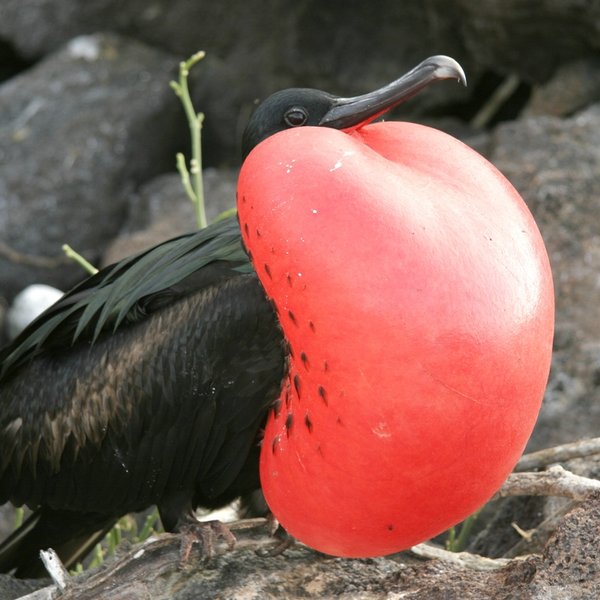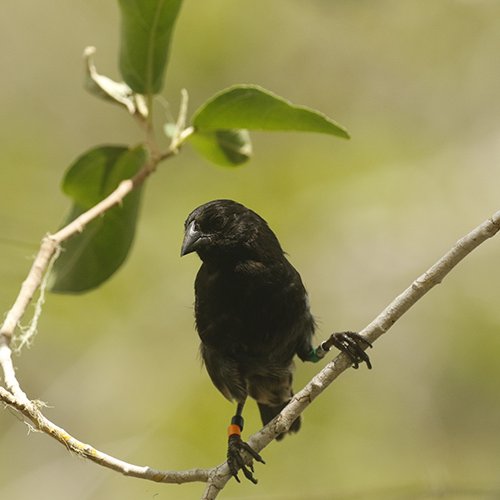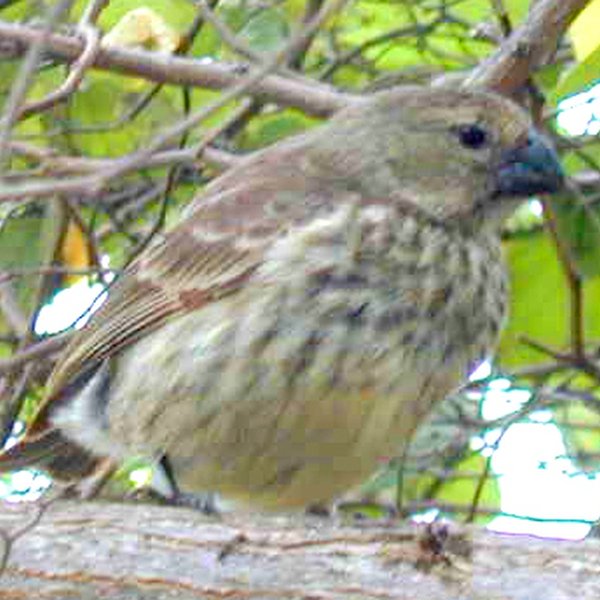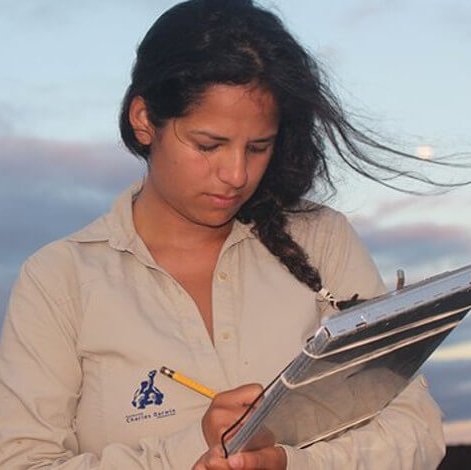Results
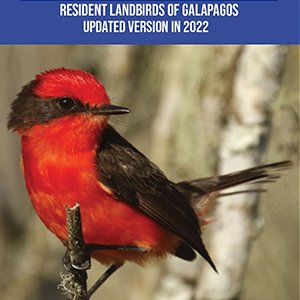
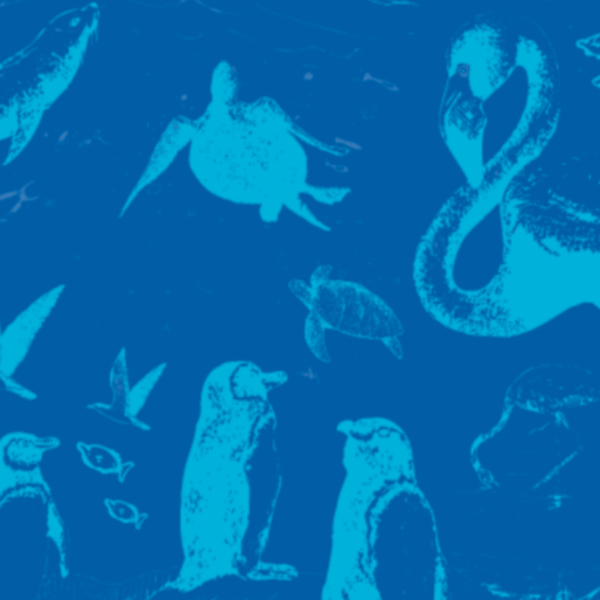
Explore our comprehensive collection of field and identification guides for Galapagos species, meticulously crafted by scientists at the Charles Darwin Foundation and collaborating researchers. Whether you're a seasoned naturalist or an adventurous enthusiast, our downloadable PDF guides offer invaluable insights into the unique flora and fauna of the Galapagos Islands. Start your wildlife exploration journey today!

Explore a wealth of resources from the Charles Darwin Foundation available for download. From annual reports to research journals, species identification guides to educational texts like the Galapagos Atlas, our publications provide valuable insights into conservation efforts and biodiversity in the Galapagos Islands. Dive into our comprehensive collection today!


Embarking on a trip to the Galapagos Islands is an unforgettable experience, but packing for it requires some special consideration. To help you prepare, the researchers at the Charles Darwin Foundation have curated the ultimate packing list.





